
Our motto: Simple, yet Spektacular
#1 in ease of setup, ease of implementation, and fastest time to ROI.
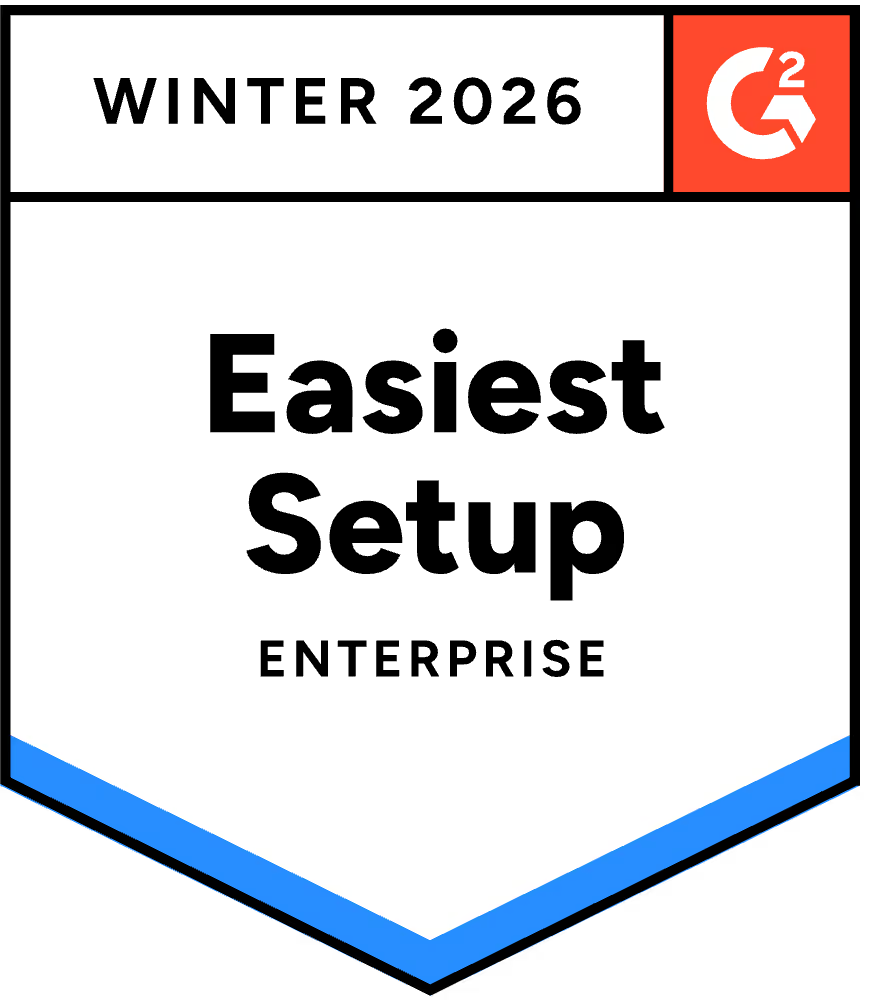
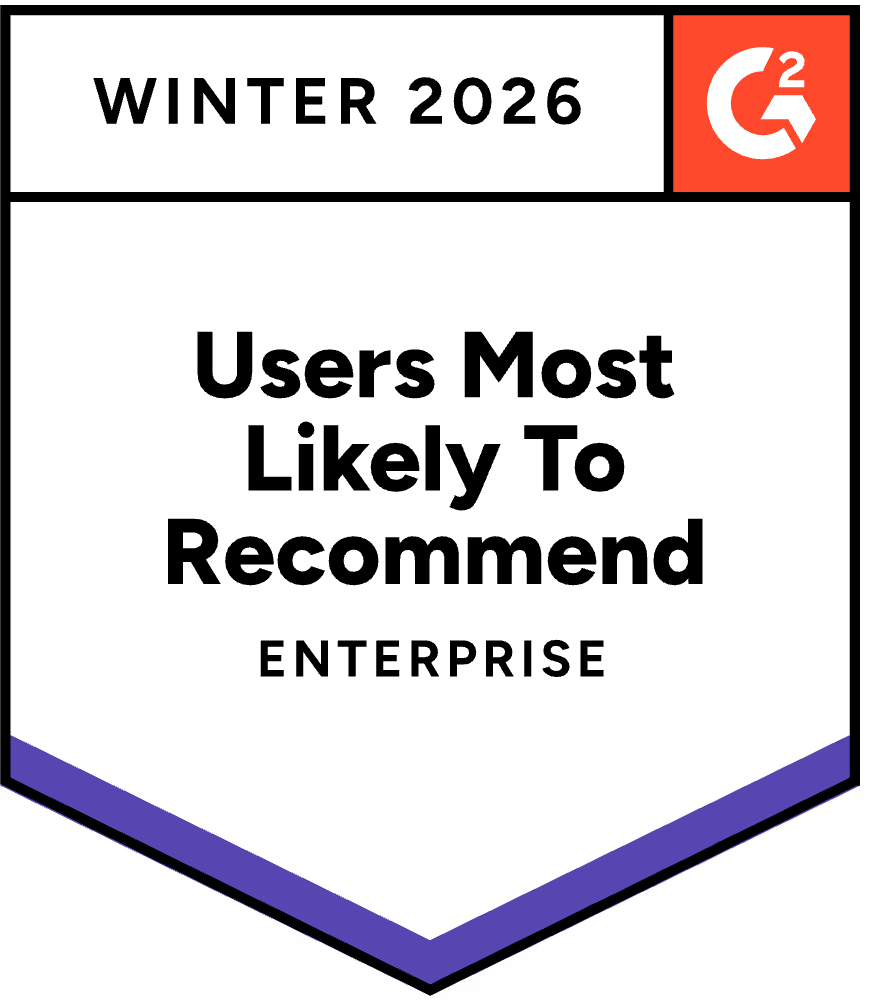


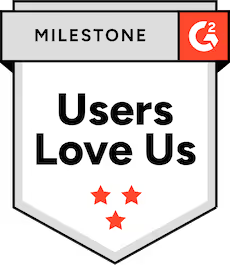
- Add a background color to the section div above ↑ this Timeline section. This is will help hide the progress line overflow.
- Add z-index-2 class to the section div above ↑ this Timeline section. This will ensure the oveflowing progress line from the Timeline section below ↓ is hidden underneath it.

Getting started is simple
Implementing a platform for the first time? Replacing your outdated platform? Start finding value in weeks not months.
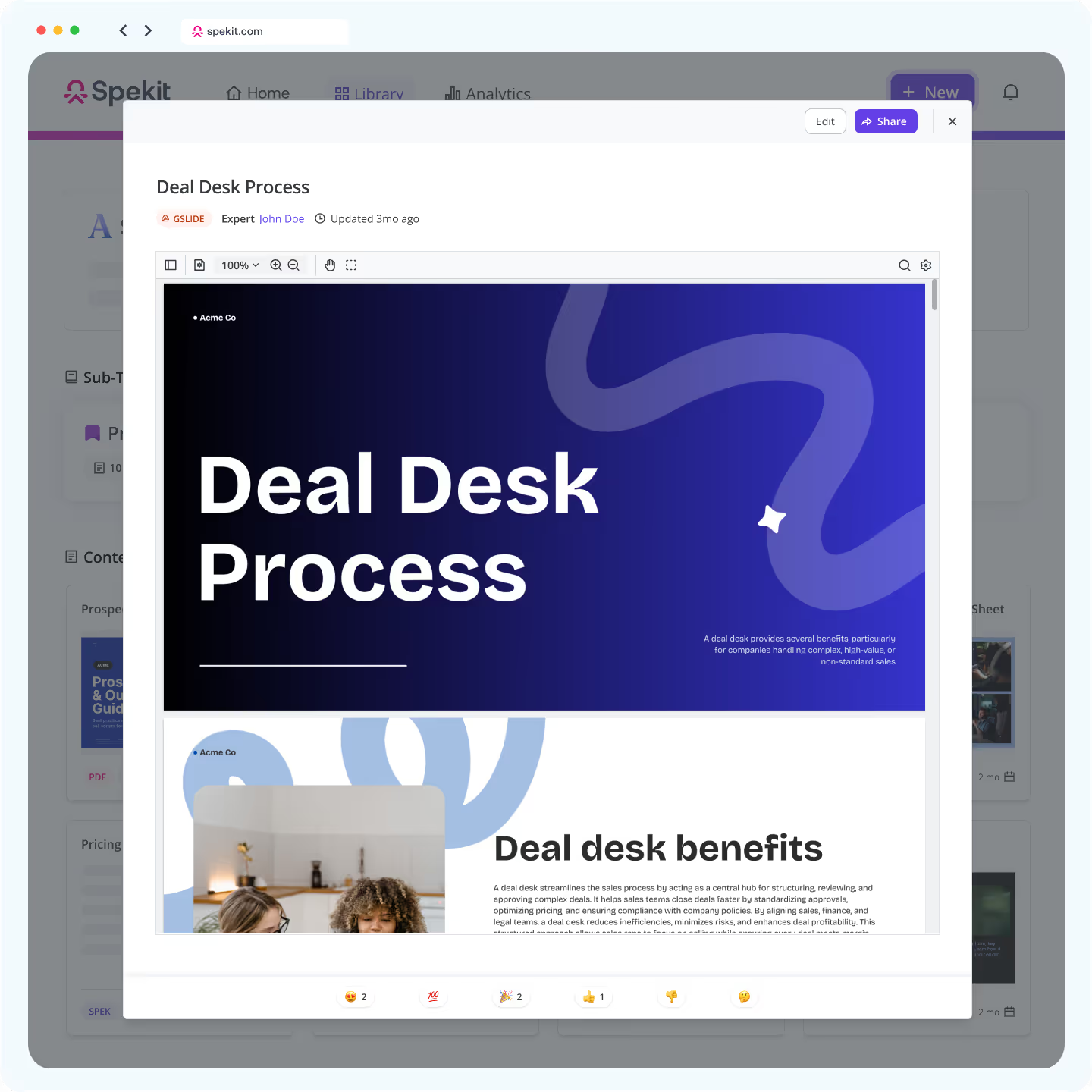
Sync or bulk migrate content in minutes
- Instantly sync content from Google Drive, Sharepoint or Confluence or bulk upload content with warnings on duplicates
- Automatically create teams using SSO/JIT/SCIM and invite subject-matter experts
- Personalize your Spekit instance with your brand colors and logo in 4 clicks
Generate missing content in seconds with templates and AI
- Customize out-of-the-box templates on the most popular tools, revenue plays, and more.
- Generate, summarize, or stylize content in a single click with AI editing.
- Convert an answer into content on-the-fly right from Slack or anywhere in Chrome using the extension.
.png)

Create Spotify-like playlists with Topics
- Organize content by product, competitor, segment, and more for effortless navigation and access
- Create powerful onboarding journeys or trainings with specific content flows
- Track progress with our "Marked as Read" feature or add Knowledge Checks to assess understanding
Publish and see your content instantly - everywhere
- Invite your users using SSO or by email
- Mass deploy or download the extension from the Chrome or Outlook
- Automatically see your content exactly where your reps need it - no tagging or configurations required
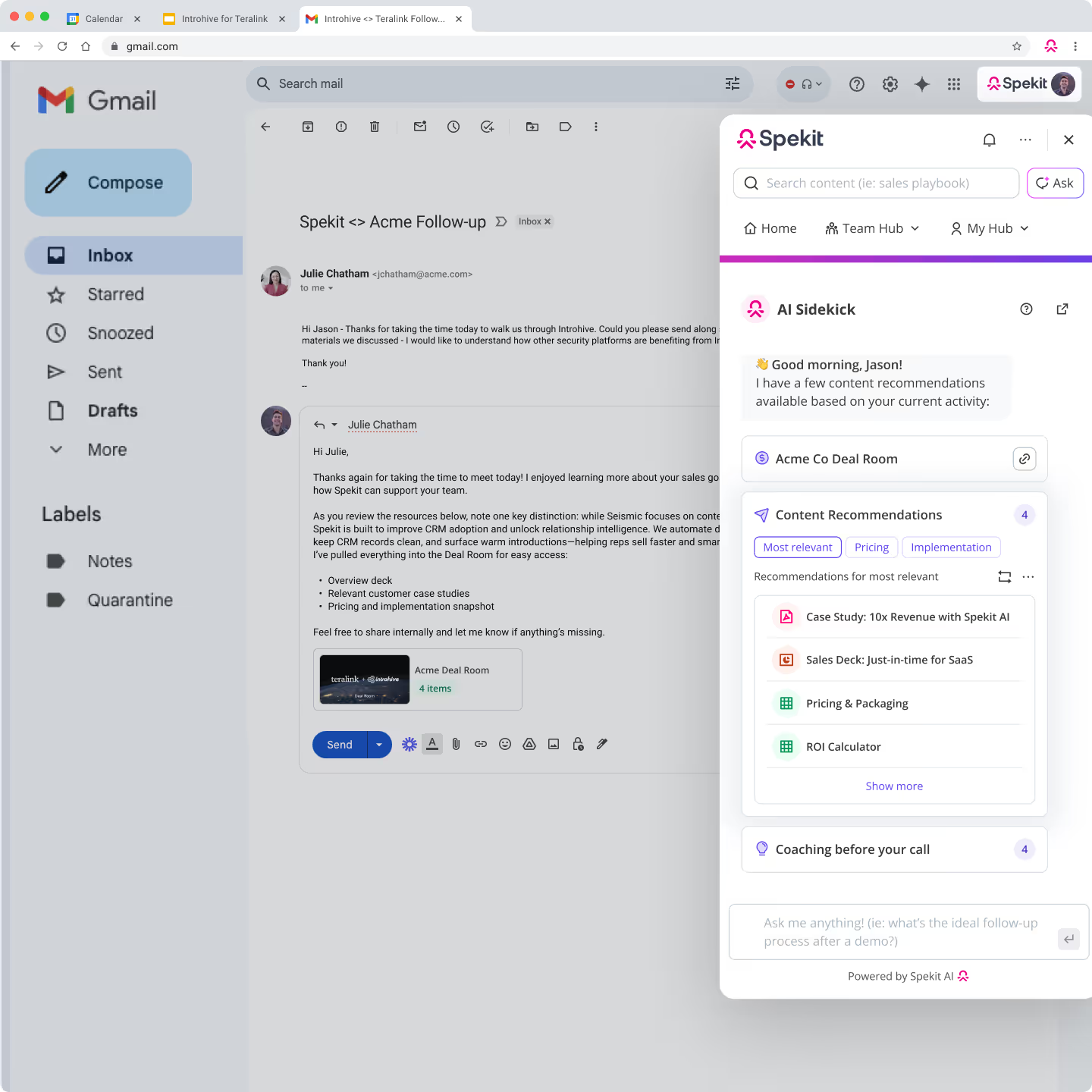
.avif)
Track content engagement, get feedback, and measure impact
- Track activation, content adoption and buyer engagement by individual or team easily with out-of-the-box dashboards
- Get feedback on any piece of content to avoid decay
- Measure content impact on pipeline and revenue
Simple, yet "spek"-tacular service
Strategy & services
Our world-class content services team assists in aggregating all of the great work you’ve already done and breaking it down to provide instant access in the flow of work. You'll receive handheld guidance on content strategy, best practices, and support during content migration and creation efforts to ensure ongoing success.
Success & support
At Spekit, Customer Success is a company-wide mission. From day one, your dedicated CSM ensures seamless onboarding and ongoing support to help you hit your goals. And if you ever need troubleshooting, our technical support—backed by a 100 NPS in 2024 (no, we're not kidding)—has you covered.
Ideation & creation
As a true partner, our Customer Success team supports ongoing strategy as your business needs and our platform evolve. You'll have dedicated strategic sessions and QBRs to help your team maximize your Spekit investment.

AI-powered enablement that works where your reps work
Instantly empower your reps with everything they need to succeed, at their fingertips, the moment they need it.







